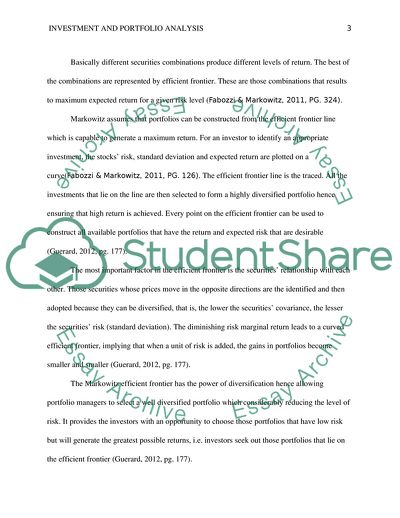Cite this document
(INVESTMENT AND PORTFOLIO ANALYSIS Assignment Example | Topics and Well Written Essays - 3000 words, n.d.)
INVESTMENT AND PORTFOLIO ANALYSIS Assignment Example | Topics and Well Written Essays - 3000 words. https://studentshare.org/finance-accounting/1825216-investment-and-portfolio-analysis
INVESTMENT AND PORTFOLIO ANALYSIS Assignment Example | Topics and Well Written Essays - 3000 words. https://studentshare.org/finance-accounting/1825216-investment-and-portfolio-analysis
(INVESTMENT AND PORTFOLIO ANALYSIS Assignment Example | Topics and Well Written Essays - 3000 Words)
INVESTMENT AND PORTFOLIO ANALYSIS Assignment Example | Topics and Well Written Essays - 3000 Words. https://studentshare.org/finance-accounting/1825216-investment-and-portfolio-analysis.
INVESTMENT AND PORTFOLIO ANALYSIS Assignment Example | Topics and Well Written Essays - 3000 Words. https://studentshare.org/finance-accounting/1825216-investment-and-portfolio-analysis.
“INVESTMENT AND PORTFOLIO ANALYSIS Assignment Example | Topics and Well Written Essays - 3000 Words”. https://studentshare.org/finance-accounting/1825216-investment-and-portfolio-analysis.


